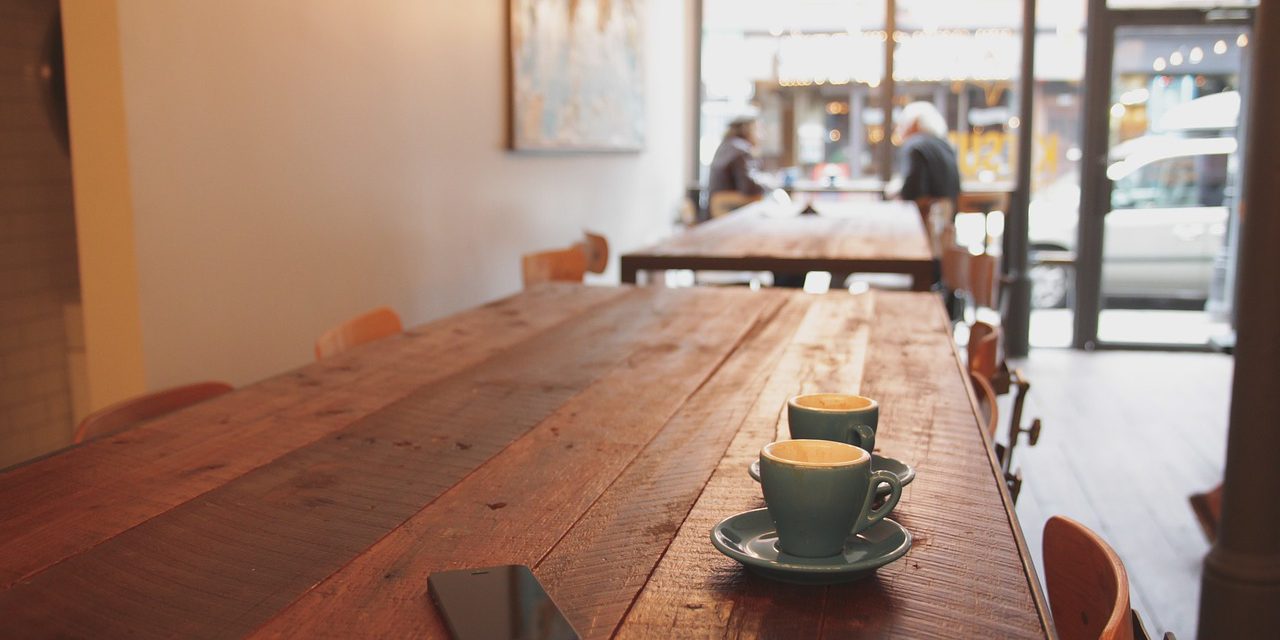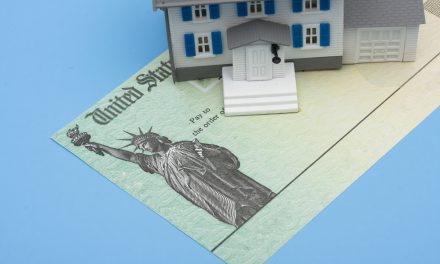Starbucks fuels higher home value — or so it seems on the surface.
Think of the old adage about the chicken or the egg. Which came first? On one side of the aisle, Zillow claims Starbucks fuels neighboring home values. The other side of the discussion holds the positive demographics of a neighborhood encourages Starbucks to move in and set up shop.
Researchers at Zillow recently published a study that documents how homes near Starbucks coffee shops tend to increase more quickly in value. Zillow labels this the “Starbucks Effect.” According to Zillow’s analysis of the data, homes near Starbucks locations appreciate at a faster rate and recover more quickly from the recent housing bust.
Per the study, a newly built Starbucks is a good indicator that property values in a particular neighborhood are rising and there is growing public interest in the location (appreciation). The presence of an existing Starbucks suggests home values have already increased as a result.
Nationally, homes within a quarter mile of Starbucks increased in value by 96% between 1997 and 2014, while homes further away appreciated only 65%. Real estate listings often use the proximity of popular chains like Starbucks in their marketing language, as a nearby Starbucks generates interest in buyers. Residents and buyers want desirable amenities in close proximity—and often within walking distance— that appeal to them. Starbucks is one of those businesses.
Between 1997 and 2014, these California metro areas experienced the most notable Starbucks Effect in home values:
- Riverside;
- Sacramento; and
- San Francisco.
Riverside was one of the metro areas where the presence of Starbucks is claimed to have had the greatest effect on home values. In one anecdotal instance, a three-bedroom, two-bathroom home near Starbucks in Riverside appreciated 14.3 percentage points.
In Sacramento, the values of homes a quarter mile from a Starbucks increased 9 percentage points on average more than other homes.
San Francisco has seen the least of the Starbucks influence, possibly since there is a greater concentration of privately owned coffee vendors in the city – and wealthy patrons. The homogeneity of the housing stock in San Francisco and its zoning restrictions is also a likely reason the Starbucks Effect is watered down in this location. However, homes in the greater San Francisco metro area within a quarter mile of a Starbucks appreciated 13.3 percentage points more than comparable homes.
Now for the other side of this story.
This Zillow study provides an amusing anecdote but suffers from a critical flaw: their analysis puts the proverbial cart before the horse. Does the existence of a Starbucks in and of itself create value in an area? Or are Starbucks being built in areas that are already increasing in desirability? As you may note: one is causal, the other advantageous.
Further, will the close proximity of a Starbucks actually affect home sales?
For starters, consider this proposition: Starbucks does not a neighborhood make; the neighborhood makes the Starbucks.
Aside from the “Starbucks Effect,” other indicators like upscale grocery chains and other commercial developments are all part of upscale neighborhoods. Collectively, they give the neighborhood — and in turn a home for sale — more appeal. This is the necessary ingredient of appreciation which creates value, where the result is greater than the sum of the parts.
When a Starbucks opens up in a neighborhood, this is a very good indication other businesses will open shop nearby to cater to a similar clientele.
Starbucks aside, home values increase for a number of reasons. More critically, this year’s increased buyer purchasing power will prop up or increase home prices, not the presence of a chain store. Buyer purchasing power is generated by the confidence provided by job growth, wage increases and lower mortgage rates than one year ago — not caffeine. It’s these demographic shifts that bring on a Starbucks, not the other way around.
One difficulty with drawing conclusions about the real estate market based on the Starbucks Effect is that home prices throughout California are too high for buyer incomes to generate the demand needed for sales volume (and broker fees) to increase. The market is going nowhere in 2015 – stagnant as the past seven years – since prices are so sticky they defy gravity, refusing to decline.
Thus, the market value of homes is not based on the pre-existence of a local coffee shop, or any other food or retail chain for that matter. Consider that Starbucks executives tend to find hot areas where home values and income of the local population are already on the rise and sufficient to support the watered home prices and hot coffee prices.
Retailers seek assistance from local brokers and agents who are experts in an area to help identify the direction of the market. Real estate value increases beyond the rate of inflation is called appreciation, the result of the personal appreciation buyers have for the location of a parcel of real estate. Property price appreciation is primarily driven by an increase in the location’s population density and the population’s income, not the intrinsic value of any single parcel of real estate.
Thus, keep an eye on the activities of Starbucks and other high-end retailers. Let them help with the heavy lifting of analyzing the future growth of an area. If savvy entities such as Starbucks have enough confidence in an area to open up a new store, these companies perceive the area has innate economic potential. They just might be on to something.
Starbucks and other retailers look at existing demographic trends to choose an area of promise for their business. They do not seek to improve the quality of a neighborhood that is low income and with low-tier housing.
So what comes first? The desirability of the neighborhood draws people in, which then attracts Starbucks and other chains, which then draws in even more people, which draws in more Starbucks, and the cycle continues. Wise and thoughtful brokers and agents pay attention to the trends of neighborhoods—and the action of Starbucks and their ilk—welcoming more people and, more importantly, bringing on more buyers.















that’s a really good article about Starbucks. happy to hear the news since I have units in Colton and a Starbucks recently opened. I guess my property is going up